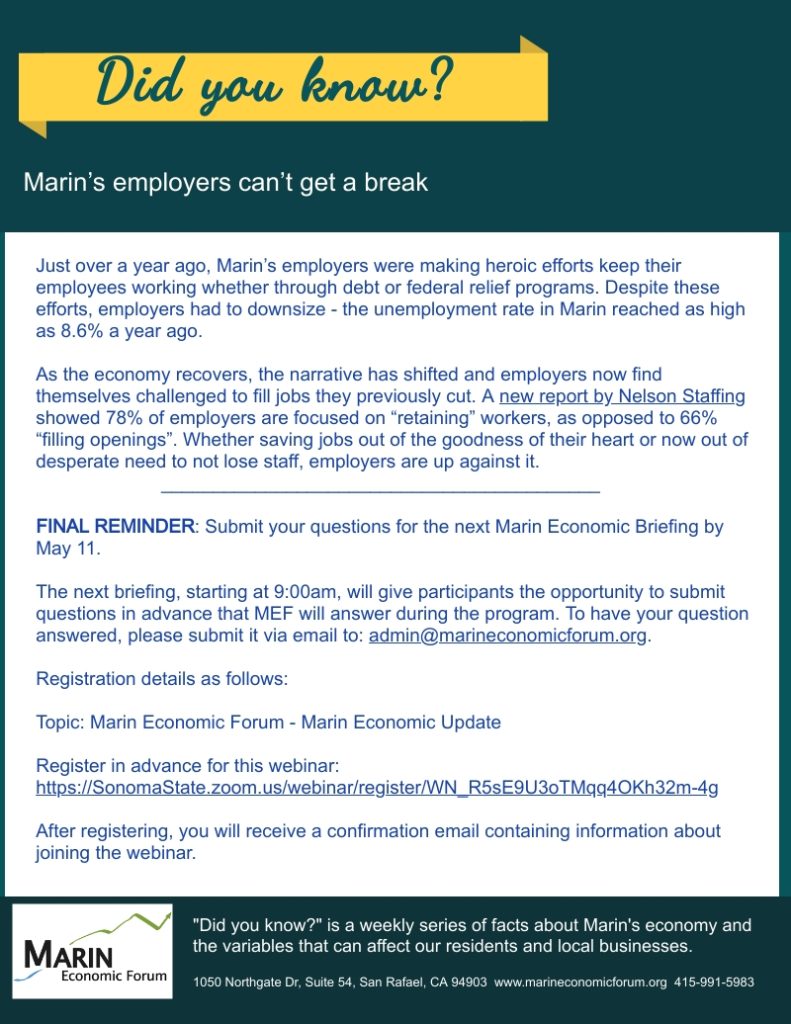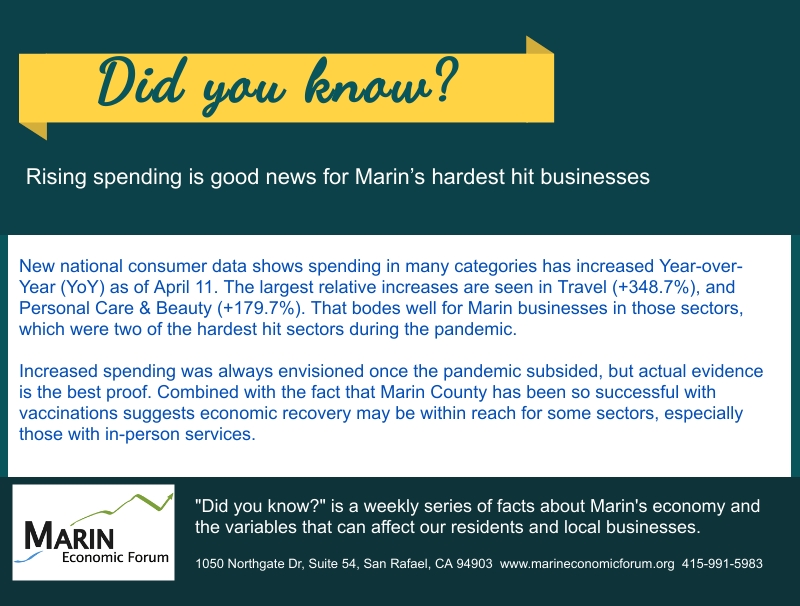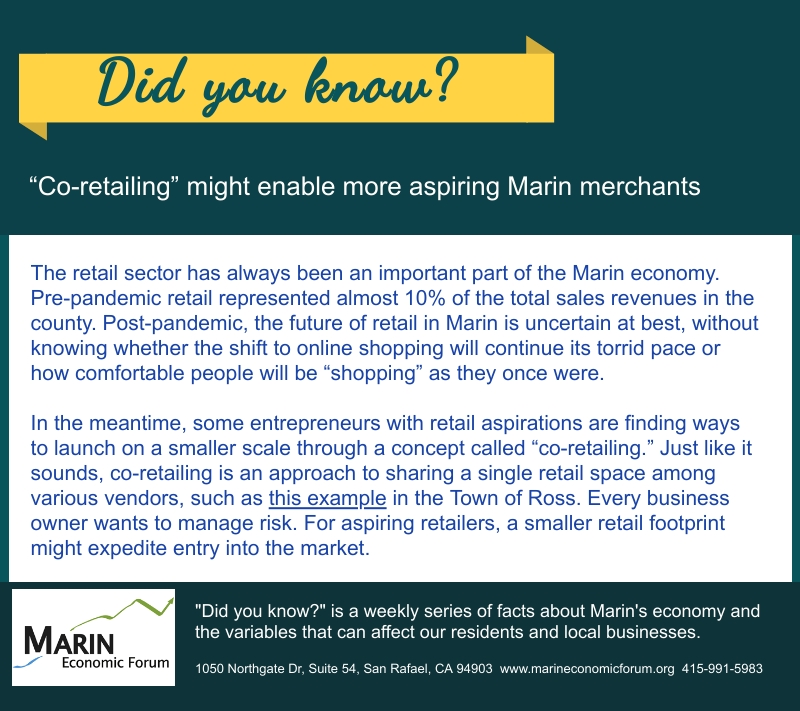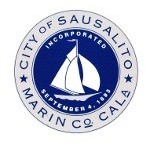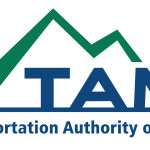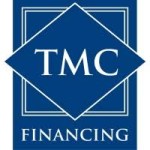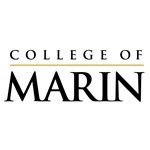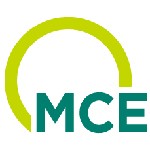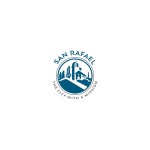5/21 Blog Topic: To achieve economic vitality in Marin County, incomes must rise
May, 2021
| In 2008, the Marin County Community Development Agency commissioned a report to consider creating an “economic sustainability organization.” The report proposed a structure and budget for such an organization and that served as the foundation for what would become MEF. That is a great story in and of itself, but not the point of this article. Also included in the report, limited to just a paragraph, was a discussion of a metric called the “Self Sufficiency Standard” (SSS) which measures how much income is needed for a family of a certain composition, in a given county, to adequately meet their basic needs. According to the metric, in 2008 a single parent, two-child household in Marin would have needed an income of $68,880 to meet self-sufficiency. At the time, at least 27% of the population was living below that income line. Using additional socio-economic data, the authors stated there were “two Marins” and warned that by focusing on the unemployment rate or prioritizing high real estate values would have negative effects on the economy in terms of productivity, wages, even traffic (because so many residents commuted outside the county for their high paying jobs). At the time, we were entering what would be the Great Recession, so the economy was in focus. Fast forward to 2021 and as Marin County is easing out of a global pandemic that witnessed disparities between rich and poor, the notion of “two Marins” is back in the discussion, this time in the form of the uneven “K-shaped” recovery (see graphic). Like in 2008, as Marin County pursues economic vitality, where all residents have access to goods and services, education, jobs and wealth, policy measures will have to consider some of the underlying socio-economic conditions. The one that jumps to the top for MEF is incomes, especially considering the high cost of living in Marin County.  To understand our concern, let us return to the SSS metric. Using the same family composition as was used in the 2008 report, we find the current income requirement (2021) to achieve self-sufficiency in Marin County would be $160,957. If you use two adults and two children, the level is estimated at $164,763. Both figures are more than double the 2008 figure. According to the Insight Center in Oakland, who publishes “The Cost of Being Californian 2021” based on the “Family Needs Calculator”, 37% of households in Marin do not make enough income to make ends meet. If true, that would be a 10% increase since the 2008 report, confirming by some measures, incomes are not rising at the same pace as costs. Addressing incomes and income inequality is hard, especially at a local level. Most policy solutions involve federal or state level changes, such as tax codes, minimum wage, and education. However, there are programs in Marin that would be considered as helping citizens secure higher incomes (from MEF’s perspective). Some of the most visible efforts are happening in the education sector. Quite simply, improving education and skills has been found to be the best way to secure economic mobility. Improving income prospects for Marin residents starts with their ability to obtain the skills and experience to secure good jobs. At the K-12 level, the Marin County Office of Education has developedseveral programs aiming to provide career opportunities to youth. College of Marin has 40 career certificates and degrees and 10 Skill Certificates to advance one’s career to the next level. While there is consensus on the ability of education to positively affect incomes, the issue for Marin residents (and others) is how to ensure access, namely that cost does not become a barrier. Several policies at the state and federal level are currently being discussed, including making community college tuition free. Another approach, worth noting because it is being tried in Marin, is “universal basic income” (UBI). UBI essentially provides direct cash payments to individuals that are unconditional. In March of this year, Marin County agreed to provide funding to a UBI pilot implemented by the Marin Community Foundation. Results won’t be known for some time, but the approach is gaining momentum around the country based on positive outcomes. At the other end of the spectrum is employment. The pandemic had a major impact on employment in Marin, especially for workers in lower wage occupations, and getting those residents back to work is a key task for recovery. But for the sake of this discussion, we suggest that for employment to have an impact on incomes, Marin County will need to create better paying jobs, specifically more middle and high skill jobs. According to the MIT Living Wage Calculator, a family of 2 adults and two children would need for each adult to average $36.35/hour to meet basic needs. A single parent with just 1 child would need to make a whopping $55.92/hour. For contrast, a review of the hourly rates for occupations in the San Francisco Metro Area (which includes Marin County) by the Bureau for Labor Statistics shows that the mean hourly wage is just $29.71. Further scrolling through the thousands of occupations shows that many, including those that are prevalent in Marin County, make even less than $25/hour (Supervisor of Retail Sales-$22/hour, Dental Laboratory Technician-$20/hour, Janitors $18.70/hour, Foodservers $16.50/hour, etc.). We’ve long known that Marin’s future economic prosperity depends greatly on the ability to have a dependable workforce and a big part of that is ensuring the workforce can live here. At the other end of the spectrum, we’ve also known that having good career opportunities (jobs) for our residents at all income levels is the key to their economic mobility and ability to stay here in Marin. Increased incomes via good education and well-paying job opportunities will go a long way towards achieving economic vitality in Marin County. |
Mike Blakeley, CEO
Marin Economic Forum


